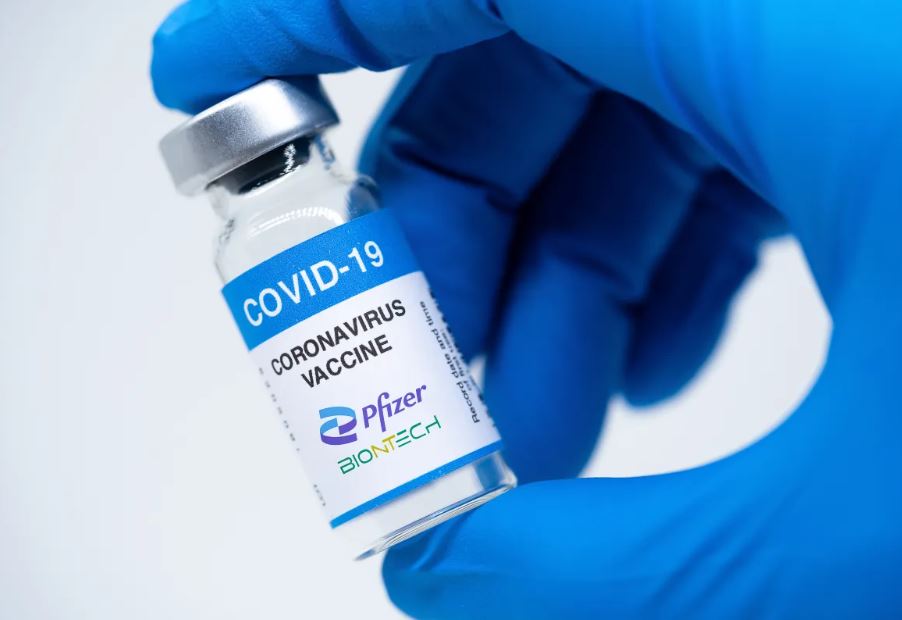For more than two years, the US government has bought all the COVID vaccines in the country in what has become the largest public vaccination campaign in US history.
Those purchases include more than 500 million doses from Pfizer. The first 100 million cost about $20 a dose, thanks to an earlier deal in which the US government invested $1.95 billion in vaccine production. The remaining doses were purchased for about $30 each.
However, once US government supplies run out, which could happen as early as 2023, and COVID vaccines and therapeutics move to commercial health institutions, Pfizer will be free to raise the price of its injections.
Pfizer announced on October 20 that it intends to sell the COVID vaccine, under the Comirnaty brand, for between $110 and $130 per dose.
This is approximately four times the current selling price and 100 times the estimated cost of manufacturing the vaccine.
According to The People’s Vaccine Alliance, a coalition of more than 100 organizations working to end the vaccine inequity, Pfizer spends less than $1.20 to produce each dose.
Pfizer has not disputed these figures, which would imply that the 2023 price represents a 10,000% markup on manufacturing cost. But the company gave an explanation for the price increase.
“There are key differences between a traditional and emergency model that increase the costs of manufacturing and distributing the COVID-19 vaccine,” Pfizer said, according to Yahoo.
According to the company, these costs include distribution through multiple channels, as well as the production of doses in individual vials, which can be up to three times more expensive and lead to higher transportation costs. Vials are the small bottles that the medicine comes in.
Pfizer also says the company’s expectation is that most privately insured patients will continue to not have to pay for the vaccine, and that will provide financial assistance to uninsured patients so they can continue to receive the vaccine for free.

